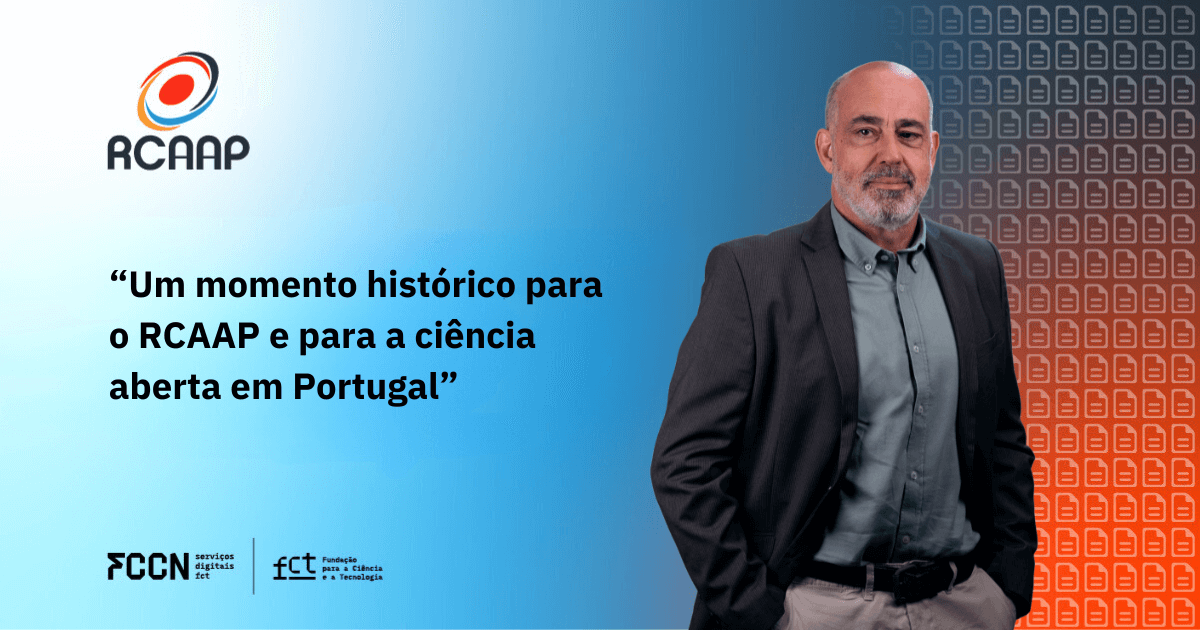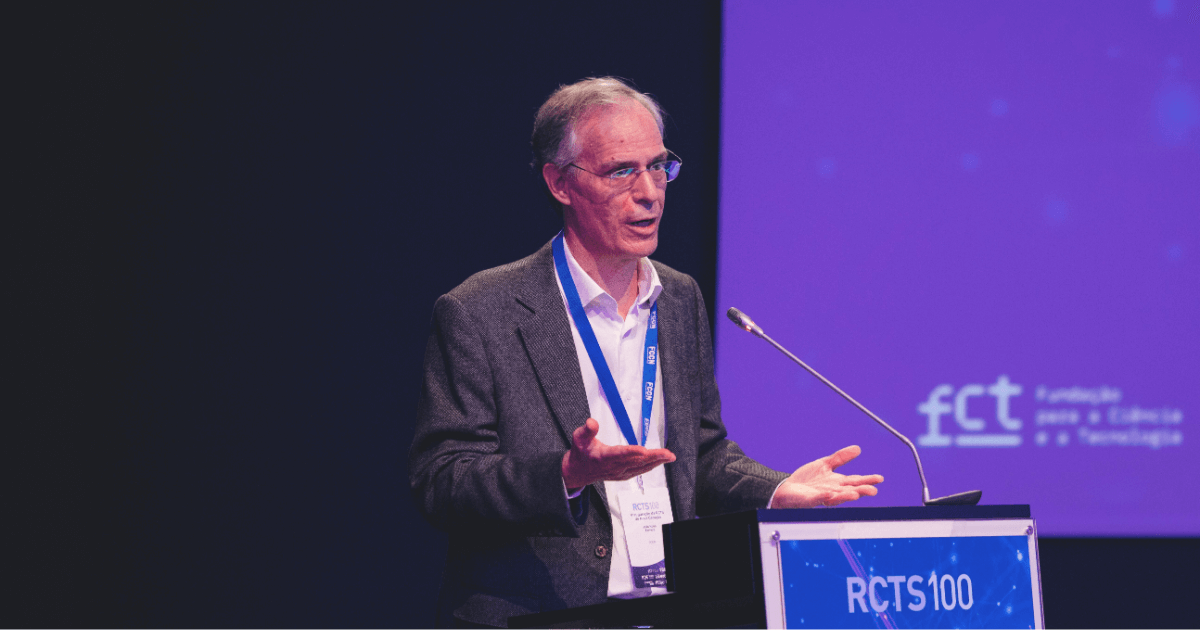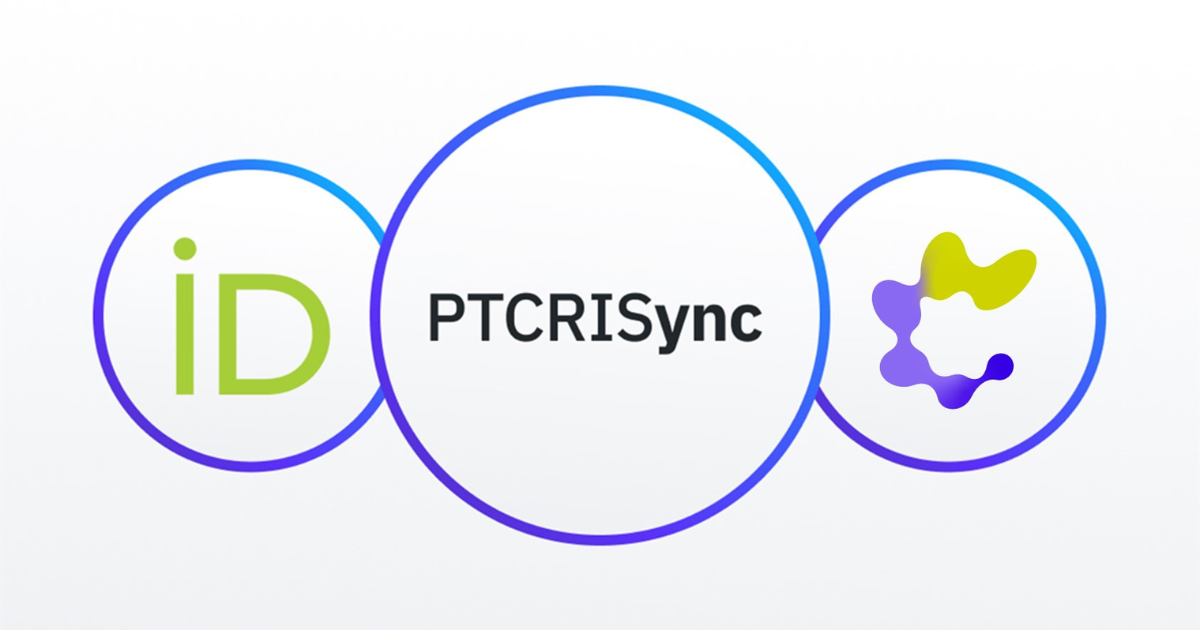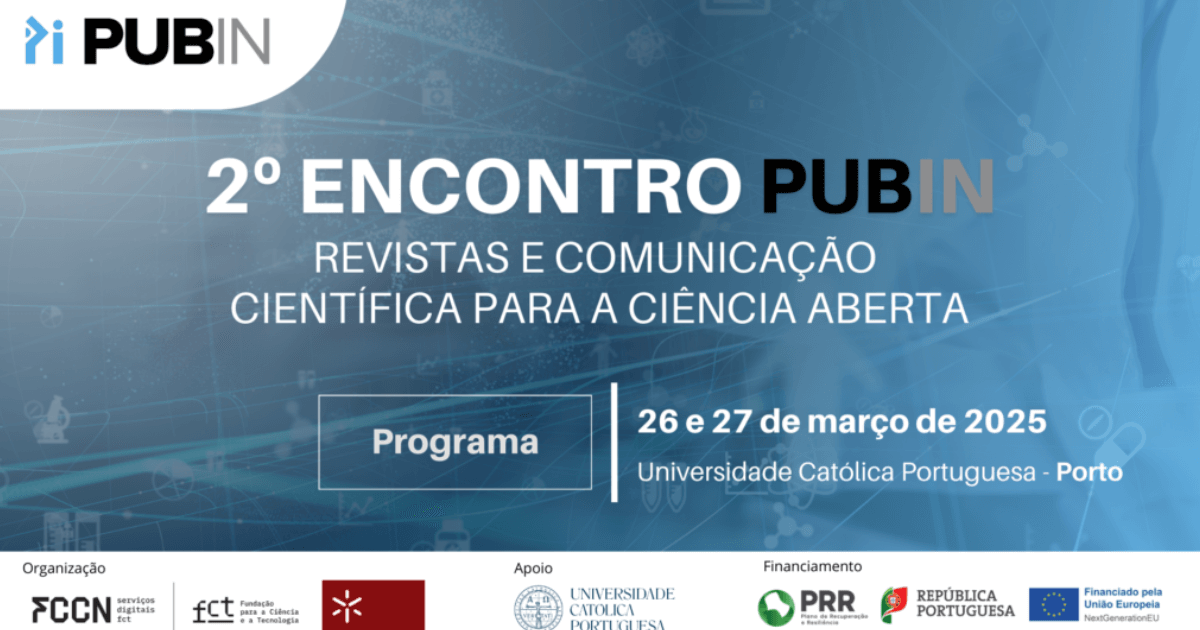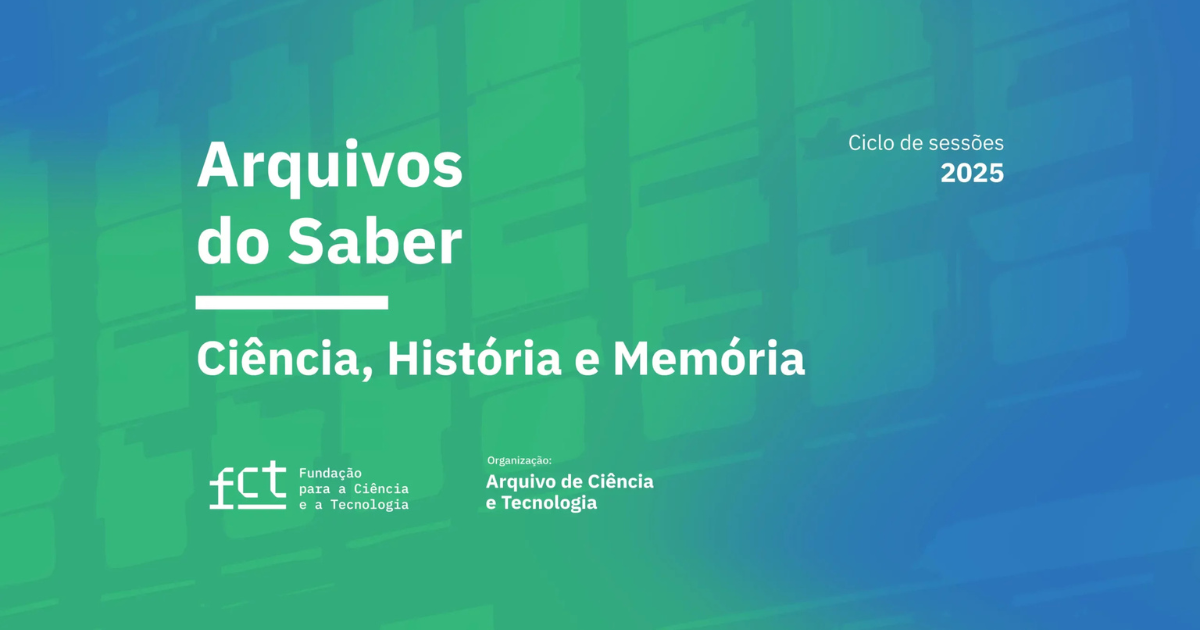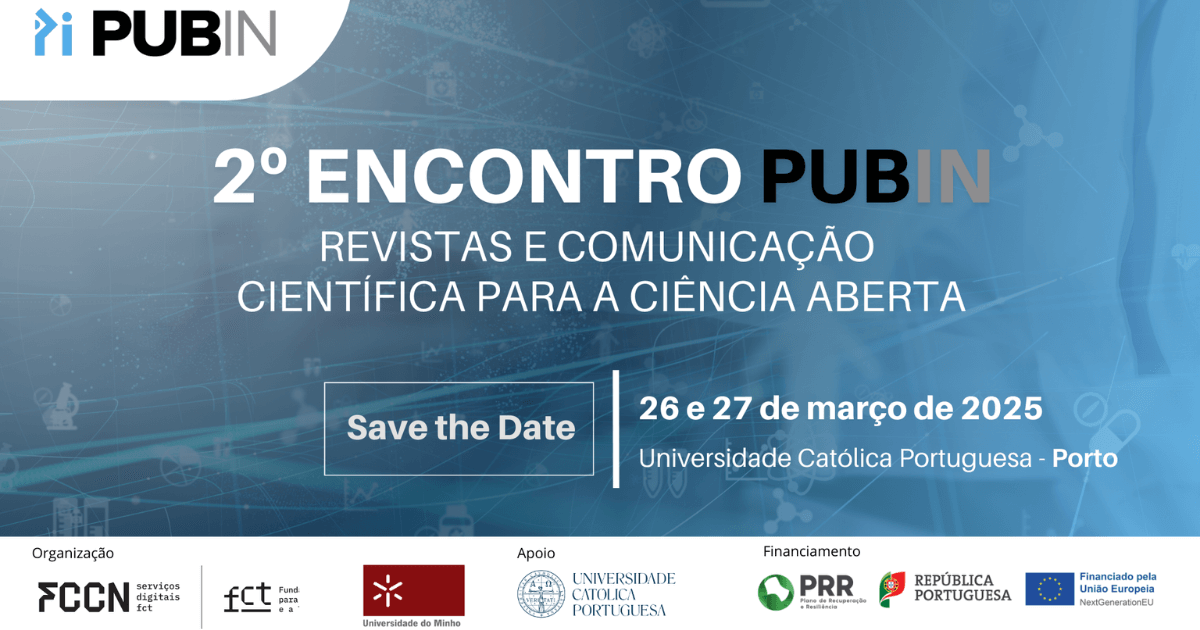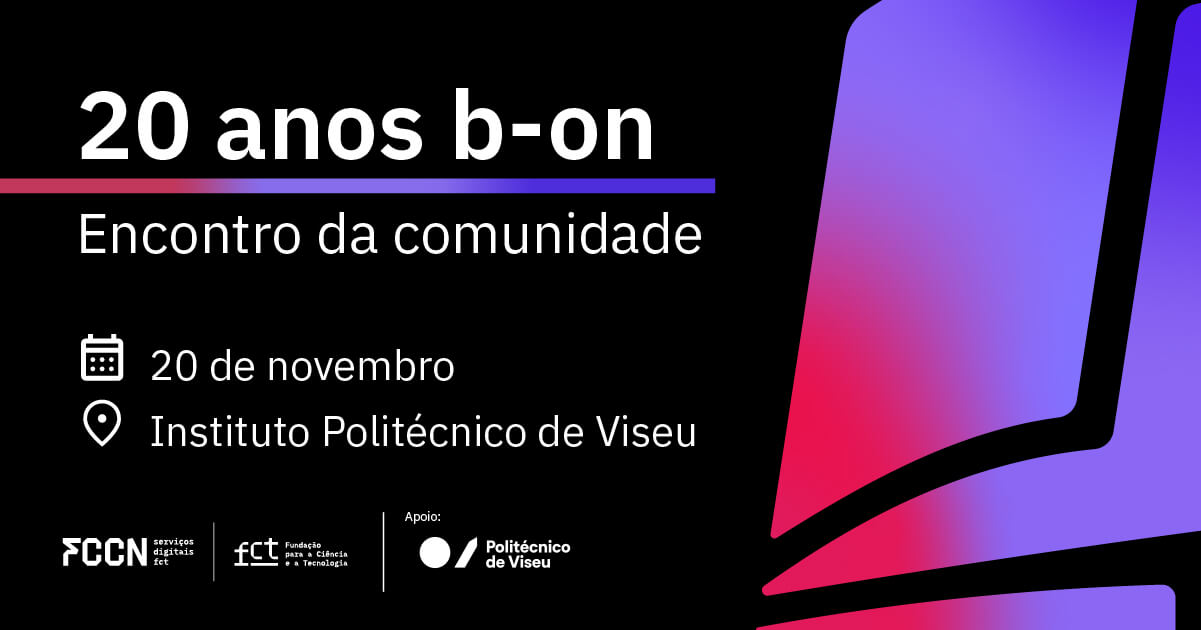

The Portuguese language is constantly changing. As we navigate the winding paths of the digital age, we are witnessing this transformation more immediately, quickly and urgently.
In the year that marks the 500th anniversary of the birth of Luís de Camões, and also the celebration of the Portuguese language itself, it is important to reflect on how it has asserted itself, as well as on the structures that have made efforts to preserve it. From the time of the "marked arms and barons" that "passed even beyond the Taprobana" to the current "never-before (or very little) sailed seas" of the World Wide Webwhere is the language of Camões heading?
Recent studies indicate that the presence of the Portuguese language is decreasing on the internet. Margarita Correia, professor, researcher and coordinator of the Portuguese Language Portal, says that the Portuguese Language Presence on the Internet (PPI) project, carried out in 2021 by the Observatory of Linguistic and Cultural Diversity on the Internet, points to a decline in Portuguese's position on the list of the most used languages on the web.
Using another study methodology from the same Observatory, Daniel Pimienta and his team of researchers "consider it likely that there is an 'economic law' related to the Internet, which links supply (the web content available in a language) to demand (the number of speakers of that language connected to the network)". According to the researcher, "previous studies have shown that the more speakers of a given language are connected to the Internet, the more web pages there are in that language".
Following this line of thought, Margarita Correia points out that the percentage of Portuguese-speaking people connected to the Internet is 67% globally, with Brazil and Portugal contributing the most to this reality, with 74% and 75% of people connected, respectively. The other countries in the Community of Portuguese Speaking Countries (CPLP) have lower figures: Cape Verde (62%), Mozambique (21%), São Tomé and Príncipe (33%), East Timor (30%), Angola (16%) and Guinea-Bissau (5%).
According to the researcher, "as a whole, the Portuguese language is 33rd on the list of languages with the highest percentage of Internet users. However, Portugal has lower connection rates than the average of the Organization for Economic Cooperation and Development (OECD) countries and a low growth rate."
As we have already seen, the internet plays a crucial role in the dissemination of the language of Camões. The production of online content, the emergence of new forms of communication, the transmission of knowledge and the training of skills, and the influence of social networks all contribute decisively to the growth in the number of Portuguese speakers.
In this sense, the role of all the institutions and professionals who promote the teaching and dissemination of the Portuguese language around the world is crucial. This is the case of the Camões Institute in Portugal, as well as similar institutions in other countries around the globe. The networks of archives and libraries throughout the Portuguese-speaking world are another good example of this. In addition to the physical collection of Portuguese-language works they preserve and make available and the various cultural activities they promote, the services provided through their websites make an undeniable contribution to the dissemination of the Portuguese language (as well as culture) among the communities they serve.
The NAU Platform, a pioneering e-learning project in Portugal, developed by FCCN, Digital Services of the FCT - Foundation for Science and Technology, also contributes to the same end. Created with the aim of democratizing knowledge and enabling access to education and skills training for wider communities of users, particularly the Portuguese and Lusophone population, it has already become a benchmark in this field.
With the aim of opening up new worlds, creating constant and innovative knowledge routes in Lusophony, this project, recently supported by the Recovery and Resilience Plan (PRR), has joined edx.org. As the world's second largest MOOC platform, with more than 50 million users, NAU will reach another two million people from CPLP countries to offer 60 courses in Portuguese under the PortugalX brand.
However, the above points should be seen as part of a broader effort by everyone, so that we can move towards uniting and increasing the community of Portuguese speakers on the internet, thus contributing to increasing the presence of Portuguese in cyberspace.
See the article in Público newspaper.

